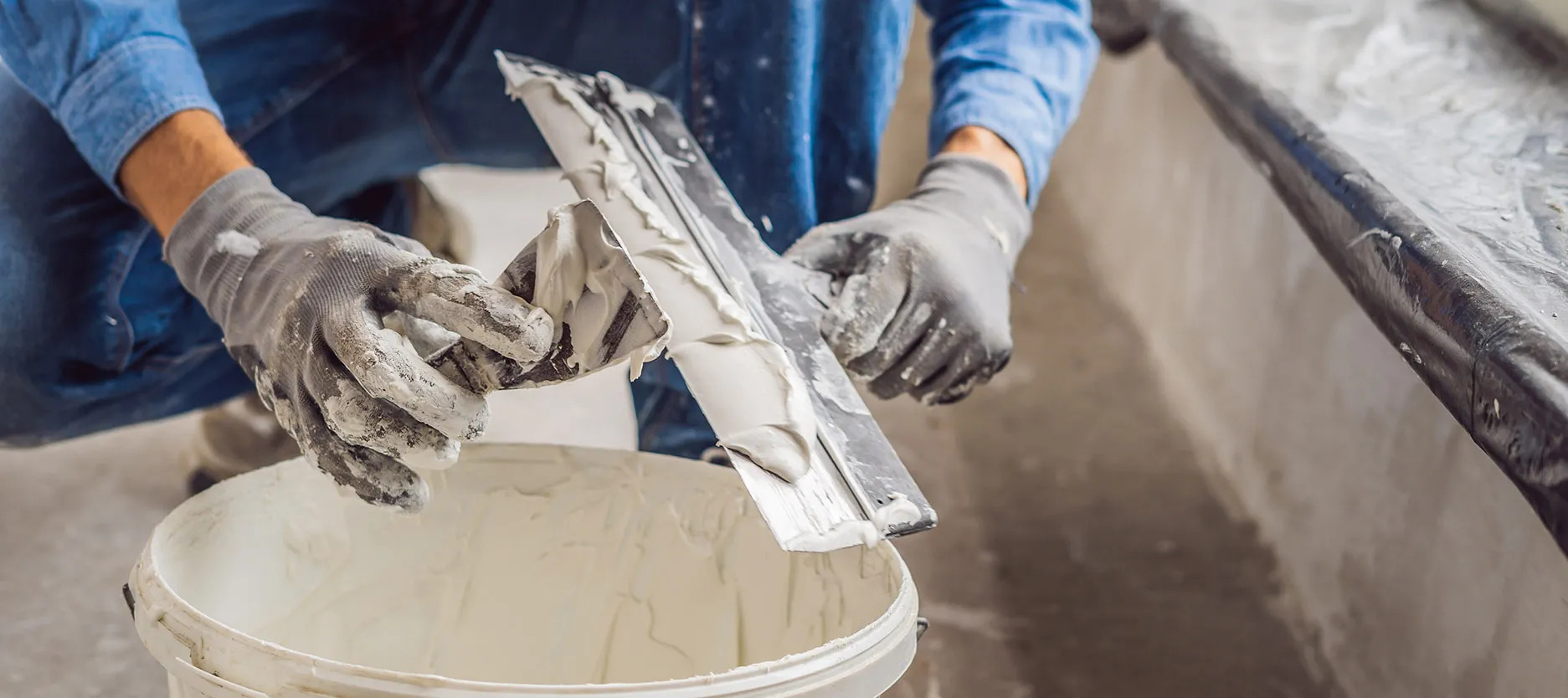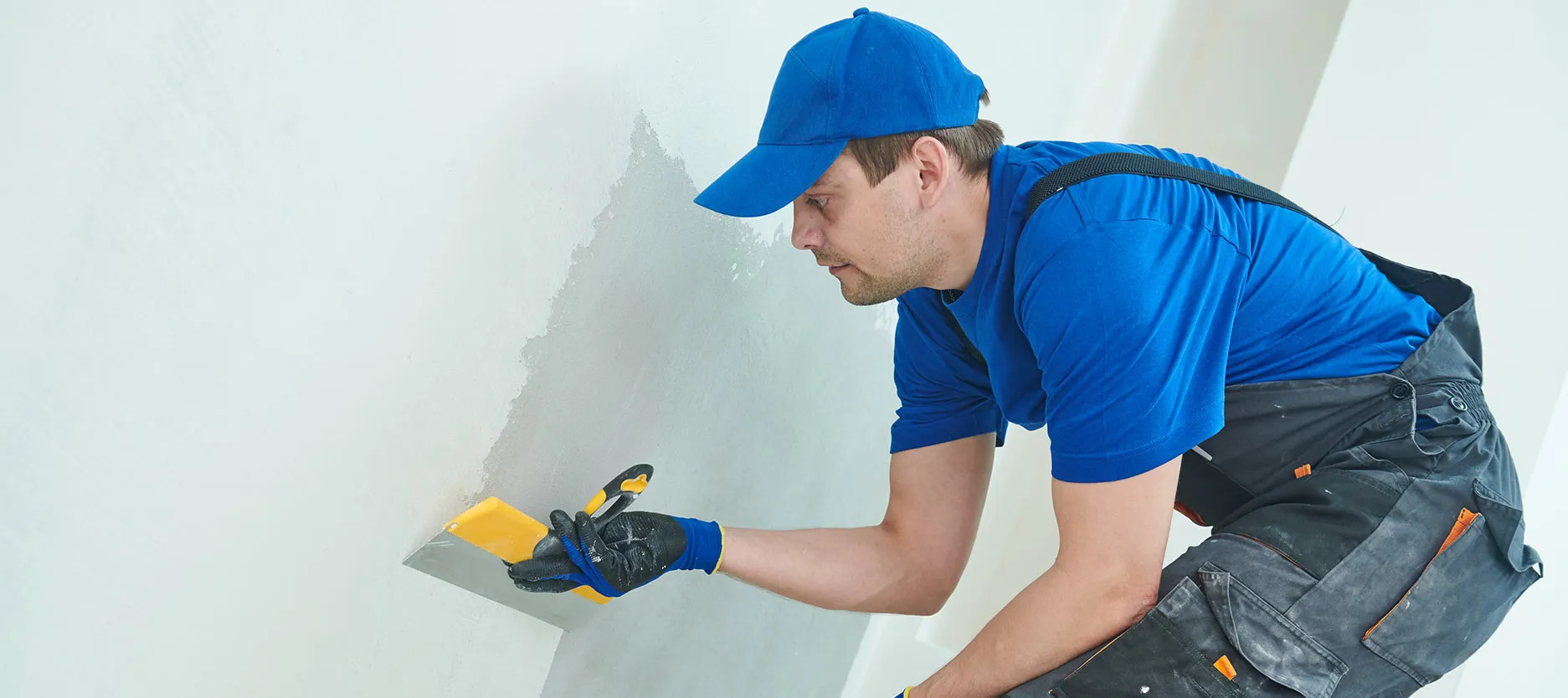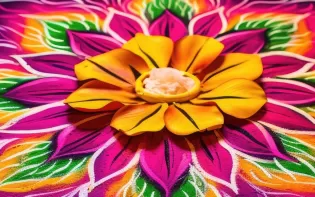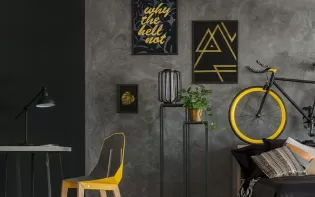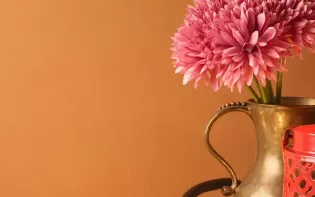
Wall Putty: Meaning, Uses, Benefits & Why It’s Essential
Published: 27 Jan 2022 | Modified: 11 Sep 2025

Create Your Dream Home With Our Painting Experts
Fill the form below to book a free site evaluation by Nerolac Nxtgen painting Services expert
TABLE OF CONTENTS
Nerolac Paints, a leading paint company in India offers a wide range of wall paint colours & painting services & solutions for homes & offices.
-
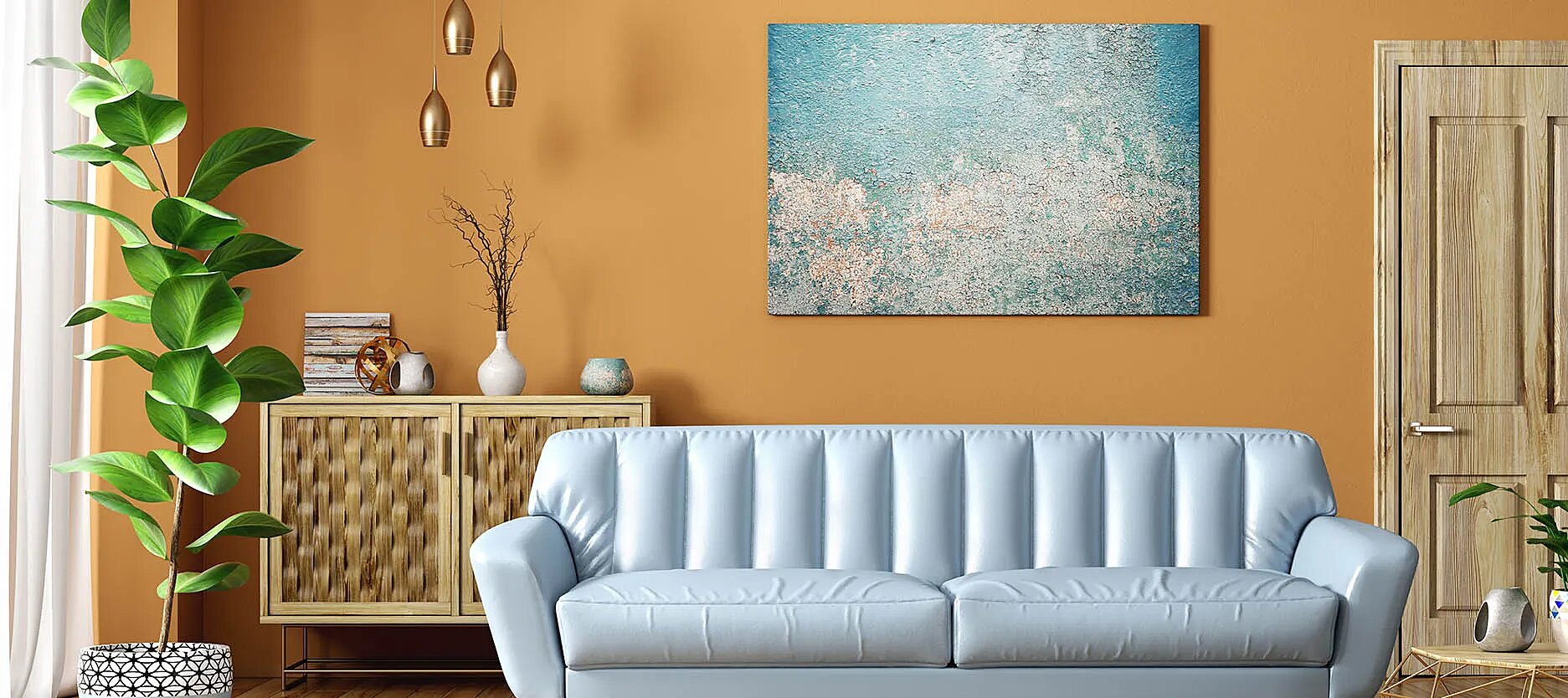
Best Colour Combination For Walls To Elevate Your Home Interiors Best Colour Combination For Walls To Elevate Your Home Interiors
Intoduction:In 2025, harmonious colour schemes for individuality and…
-
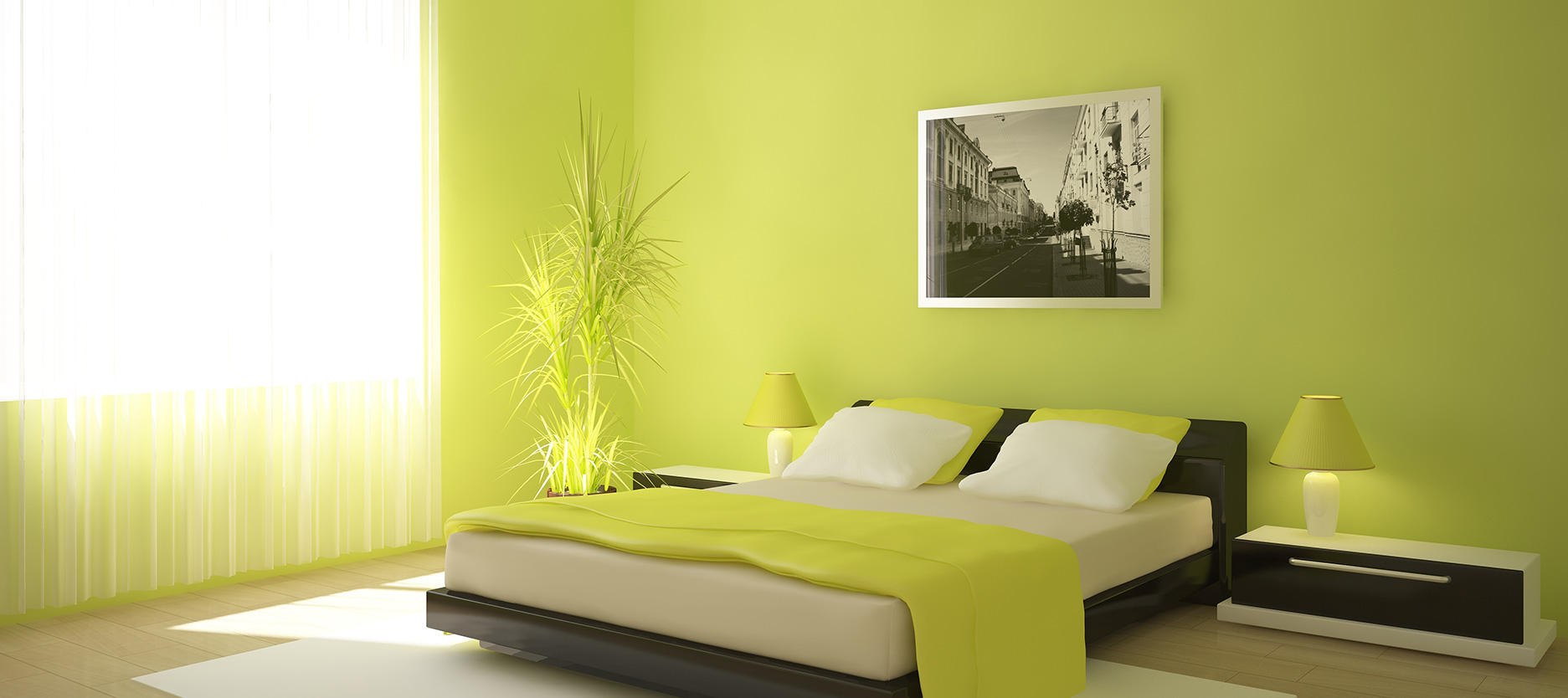
Best Green Colour Combinations for Walls – Schemes & Design Ideas Best Green Colour Combinations for Walls – Schemes & Design Ideas
Introduction:Green has long been a favourite choice in home decor…
-

What Colours Match with Blue? 14 Colour Combinations with Blue for Your Home What Colours Match with Blue? 14 Colour Combinations with Blue for Your Home
Blue is a universally popular colour for décor and design; choosing a colour…
-
Recent Blogs
- Vibrant Diwali Decoration Ideas for Living Room, Pooja Room & Balcony
- Diwali Wall Painting Ideas – Easy Art & Colour Designs
- Festive Home Paint Colours: Transforming Your Walls and Décor
- Vibrant Diwali Paint Designs - Transform Your Home This Festival Season
- Creative Diwali Decoration Ideas for Indoors and Outdoors
-
Get in Touch
Looking for something else? Drop your query and we will contact you.
FAQs
Can we paint the wall directly without putty?
Paint can be applied directly on the wall without putty, but it will not give you a smooth finish. Also, paint is often more expensive than putty, so this may not always be an economical choice.
Is primer necessary before wall putty?
Primer is not necessary before wall putty, but it is recommended in order to achieve the best results. Primer will help to seal any cracks or imperfections on the surface and give the putty a better adhesive grip. This will help ensure that the putty doesn't peel or chip over time.
How many coats of wall putty is required?
It depends on the condition of your wall and how much coverage you want. Follow the instructions carefully and apply as many coats as needed to achieve a smooth surface before painting or applying wallpaper.
Is paint necessary after putty? Can you leave putty unpainted?
It is not necessary to paint putty, but you can if you want a different colour on your wall. Putty will stick well with the surface and protect it from moisture damage as long as it's applied correctly.
Is wall putty durable?
Wall putties are very durable and will provide long-lasting results. They can last for several years without chipping or peeling if applied correctly using the right materials.
Is wall putty waterproof?
Wall putties are waterproof and will not crack or peel over time. This makes them a great choice for bathrooms and kitchens where moisture is common.
How to remove wall putty?
Wall putty can be removed by using a nail and a hammer. Gently chip away the surface and give it thorough sand. You can also use a blade knife and score it in a criss-cross motion.
How long does wall putty last?
Wall putty will last for several years if applied correctly and without any damage. The lifespan may vary depending on the quality of the putty, how often it's used, and the environment it's subjected to.
Can you apply putty on exterior walls?
Yes, putty can be applied on exterior walls, but it is not recommended for areas that are exposed to harsh weather conditions. Make sure to use a putty that is specifically designed for exterior use and follow the instructions carefully.
Can putty be applied on wet walls?
No, you cannot apply wall putty on wet walls. Wait for the wall to completely dry before applying putty, or else it will not stick properly and may cause damage in the future.
Which wall putty is best for walls?
Putty which is best for your walls is the one that provides smooth finish, has a short drying time, does not flake and does not have a foul smell. If you are searching for which putty is best for walls then Nerolac Acrylic Wall Putty and Nerolac Cement Wall Putty are one of the best putty for your walls that are highly recommended. They will help your paint to last for years and enable you to get long-lasting paint job for several years if applied correctly.
Get in Touch
Looking for something else? Drop your query and we will contact you.
Popular Post
Popular Searches
-

Get in Touch Get in Touch -

Store Locator Store Locator -

Download App Download App
×
Get in Touch
Looking for something else? Drop your query and we will contact you.

